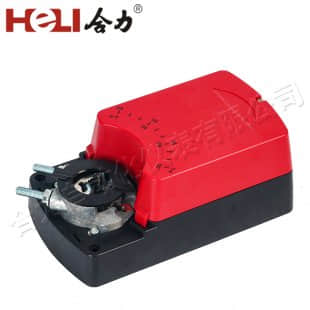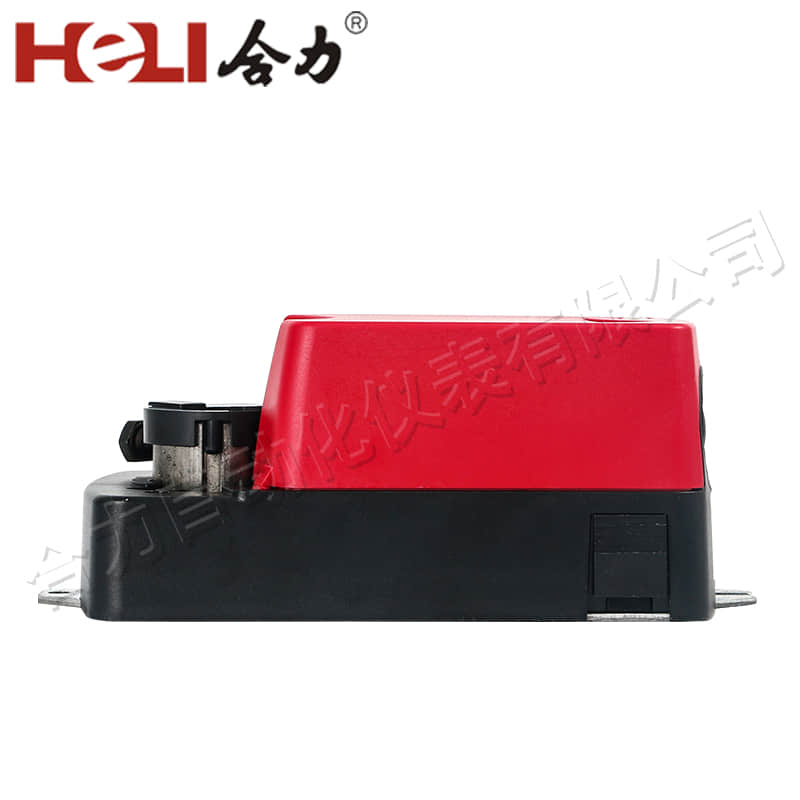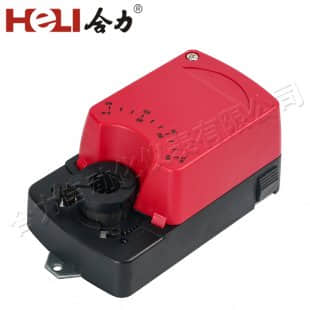
Damper actuators play a crucial role in modern HVAC (Heating, Ventilation, and Air Conditioning) systems, ensuring efficient and precise control over air distribution and energy usage. These devices are integral to maintaining indoor comfort and optimizing system performance.

At its core, a damper actuator is a mechanical component responsible for moving and controlling the position of dampers within an HVAC system. Dampers are used to regulate airflow in ducts, balancing the air distribution to various zones or rooms. By adjusting the damper’s position, the actuator controls how much air flows through specific parts of the system, directly impacting temperature control and air quality.

